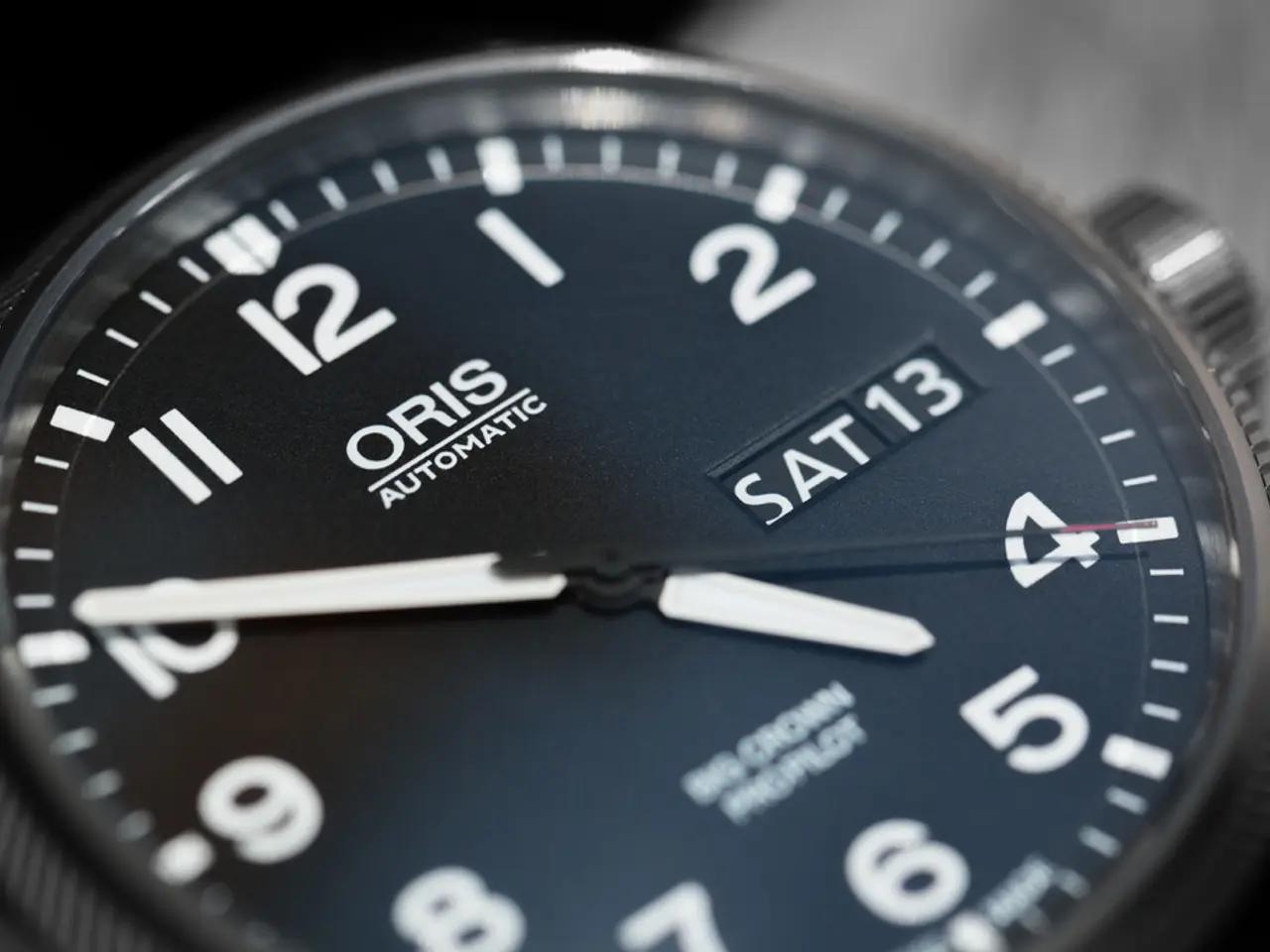Wearable heart monitor cleared by FDA: Cardiosense secures approval
Cardiosense's CardioTag Wearable Heart Monitor Offers Advanced Cardiac Monitoring
Cardiosense's CardioTag wearable heart monitor is making waves in the cardiac monitoring industry, offering several advantages over other implantable and wearable devices.
Advantages of CardioTag
The CardioTag device stands out with its multimodal sensor technology, capturing electrocardiogram (ECG), photoplethysmogram (PPG), and seismocardiogram (SCG) signals noninvasively. This triple modality provides a more comprehensive view of heart function, including electrical activity, blood flow, and mechanical vibrations of the heart.
The wearable design of CardioTag is another advantage, as it is less invasive than implantable devices that require surgical procedures. CardioTag can be used continuously from hospital to home settings, enhancing usability and patient compliance.
By combining SCG with ECG and PPG, CardioTag can measure cardiac timing intervals such as left ventricular ejection time (LVET), a key indicator of pumping efficiency. This allows for earlier detection of cardiac dysfunction and personalized therapy guidance.
The device is also integrated with AI algorithms that translate raw physiological signals into actionable biomarkers predictive of heart failure and hemodynamic instability, improving early detection and management compared to conventional monitoring tools.
Challenges Facing CardioTag
Despite its advantages, CardioTag faces certain challenges. As a newly FDA-cleared device, its clinical adoption depends on further validation and real-world evidence to demonstrate its superiority and cost-effectiveness relative to well-established ECG-only wearables and implantable monitors.
The multimodal signals and AI-driven analytics create a complex data environment that requires integration into clinical workflows and clinician training, which may slow adoption initially.
While noninvasive, wearables can be susceptible to motion artifacts, skin contact quality, and user adherence issues that may affect signal quality, unlike implantables that provide continuous, stable monitoring internally.
Looking Ahead
Cardiosense has received breakthrough device designation for its PCWP algorithm but has not yet secured 510(k) clearance for the model. The company plans to combine the data from CardioTag with AI models for cardiovascular parameters.
In 2022, Cardiosense raised $15.1 million to develop the CardioTag device, and the company has published a paper on a pulmonary capillary wedge pressure algorithm. However, there have been no new funding acquisitions mentioned for the development of the CardioTag device.
In conclusion, CardioTag offers comprehensive, noninvasive multimodal cardiac monitoring with advanced AI interpretation, providing richer diagnostic insights without surgery. Its main challenges relate to proving clinical impact, handling complex data, and overcoming typical wearable constraints compared to implantable devices.
- The CardioTag wearable heart monitor, recently FDA-cleared, is revolutionizing cardiac monitoring, offering a more comprehensive view of heart function compared to ECG-only wearables and implantable monitors.
- CardioTag's multimodal sensor technology, including ECG, PPG, and SCG signals, coupled with AI algorithms, offers predictive biomarkers for heart failure and hemodynamic instability.
- To further its capabilities, Cardiosense is aiming to integrate the data from CardioTag with AI models for cardiovascular parameters and has received a breakthrough device designation for its PCWP algorithm.
- Despite its advantages, CardioTag faces challenges in demonstrating its superiority and cost-effectiveness in clinical settings, integrating complex data into clinical workflows, and dealing with typical wearable constraints like motion artifacts.
- As part of the health-and-wellness and medical-conditions landscape, CardioTag contributes to the advancement of medtech, science, and technology by providing personalized therapy guidance and early detection of cardiac dysfunction.
- With the support of recent funding, Cardiosense continues to develop the CardioTag device, striving to create a more accurate, efficient, and noninvasive medical solution for heart monitoring in the realm of health-and-wellness and medtech innovation.




